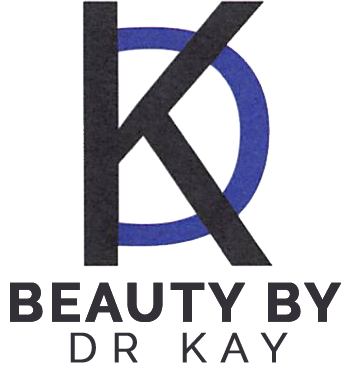When we think about aging, most people immediately picture wrinkles, fine lines, or sagging skin. But the truth is, one of the most important drivers of how young or old your skin looks is happening beneath the surface. It’s called cell turnover—the skin’s built-in renewal system. This natural cycle is what keeps your skin smooth, radiant, and resilient. When it slows down, the signs of aging show up more quickly. When it runs efficiently, your skin stays strong, glowing, and more responsive to everything from skincare products to professional treatments.
So, what exactly is cell turnover? In simple terms, it’s the process by which your skin creates new cells and sheds the old ones. New cells form in the deepest layer of the epidermis. Over the course of about 28 days in healthy, youthful skin, these cells gradually rise to the surface, replace older cells, and eventually shed off. This constant cycle is why children and teenagers have such bright, even-toned skin—their renewal system is fast and efficient. But as we get older, that conveyor belt slows down. What once took 28 days may take 40, 50, or even 60 days, and in mature skin, it can stretch to 90 days. That delay means old, dull cells sit on the surface longer, making skin appear rough, uneven, and tired.
The slowdown of cell turnover doesn’t just affect how your skin looks. It has significant biological consequences. A slower cycle weakens your skin barrier, leaving it more vulnerable to dryness, sensitivity, and environmental stress. Pigmentation issues—like age spots or melasma—become more noticeable because dead cells linger longer instead of shedding. Healing slows, so acne marks or tiny injuries take longer to fade. And perhaps most importantly, collagen production begins to decline. Normally, new cell turnover sends signals to fibroblasts, the cells responsible for producing collagen and elastin. When turnover slows, those fibroblasts get “lazy,” producing less collagen. That’s when skin starts to thin, sag, and show wrinkles. Research confirms this connection: slower turnover not only dulls the surface but also interferes with wound healing and diminishes the effects of aesthetic treatments (PMC).
The good news? There are proven ways to support healthy turnover both at home and in the clinic. Retinoids, derivatives of vitamin A, remain the gold standard. Decades of studies show that they speed up turnover, improve texture, and stimulate collagen production (Harvard Health, PMC). Gentle exfoliation with alpha hydroxy acids (AHAs) like glycolic or lactic acid can also help slough off surface buildup. Hydration plays a critical role, too—well-moisturized skin sheds cells more evenly, while ingredients like ceramides and hyaluronic acid help reinforce the skin barrier so turnover can continue smoothly. Nutrition is another key player. Antioxidants such as vitamin C, vitamin E, and polyphenols from colorful fruits and vegetables protect fresh new cells as they rise to the surface, while sleep and exercise deliver the oxygen and nutrients needed for renewal.
In-office treatments take turnover to the next level. Chemical peels, microneedling, and laser resurfacing all create controlled stimulation, which encourages the skin to shed old cells and replace them with new, healthier ones. An exciting advancement in regenerative medicine is the use of polynucleotides—DNA fragments derived from salmon that act like cellular messengers. They tell skin cells to repair, reduce inflammation, and restore hydration, helping exhausted cells behave more like they did in youth. Patients often notice smoother texture, improved elasticity, and a natural glow that lasts longer than traditional treatments.
Ultimately, cell turnover is about more than surface glow—it’s about skin function. When the cycle is healthy, your barrier stays strong, your collagen factory stays active, and your results from both skincare and professional procedures improve. When it slows, everything else slows: healing, resilience, and visible vibrancy. By supporting turnover with a thoughtful combination of at-home care, in-office treatments, and lifestyle alignment, you’re not just treating your skin cosmetically—you’re helping it behave in a biologically younger way. That’s the true secret to longevity in your skin.


